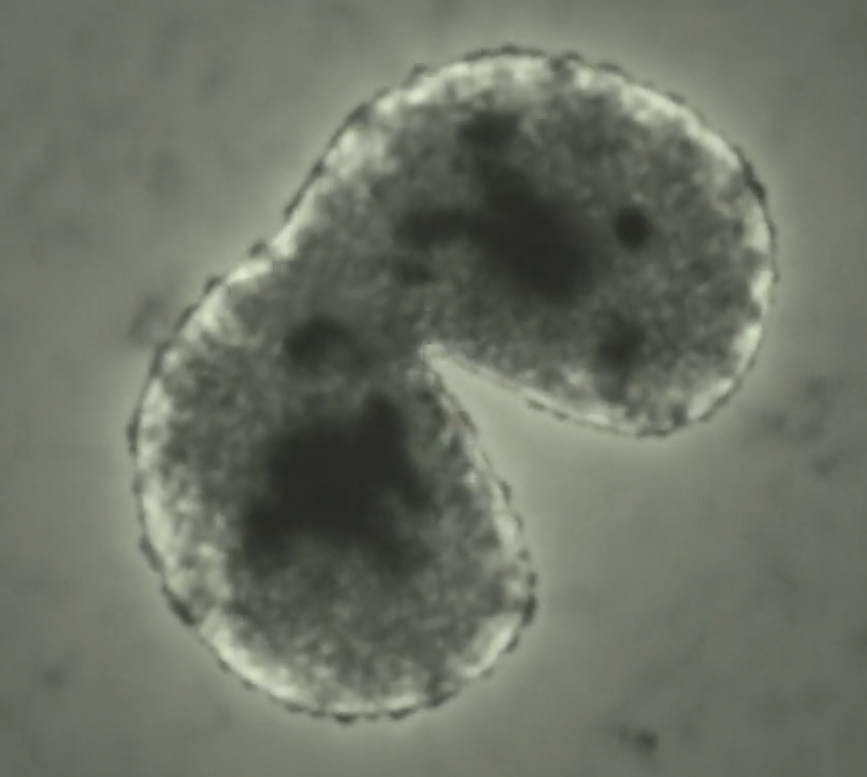Ask Science
Ask a science question, get a science answer.
Community Rules
Rule 1: Be respectful and inclusive.
Treat others with respect, and maintain a positive atmosphere.
Rule 2: No harassment, hate speech, bigotry, or trolling.
Avoid any form of harassment, hate speech, bigotry, or offensive behavior.
Rule 3: Engage in constructive discussions.
Contribute to meaningful and constructive discussions that enhance scientific understanding.
Rule 4: No AI-generated answers.
Strictly prohibit the use of AI-generated answers. Providing answers generated by AI systems is not allowed and may result in a ban.
Rule 5: Follow guidelines and moderators' instructions.
Adhere to community guidelines and comply with instructions given by moderators.
Rule 6: Use appropriate language and tone.
Communicate using suitable language and maintain a professional and respectful tone.
Rule 7: Report violations.
Report any violations of the community rules to the moderators for appropriate action.
Rule 8: Foster a continuous learning environment.
Encourage a continuous learning environment where members can share knowledge and engage in scientific discussions.
Rule 9: Source required for answers.
Provide credible sources for answers. Failure to include a source may result in the removal of the answer to ensure information reliability.
By adhering to these rules, we create a welcoming and informative environment where science-related questions receive accurate and credible answers. Thank you for your cooperation in making the Ask Science community a valuable resource for scientific knowledge.
We retain the discretion to modify the rules as we deem necessary.
view the rest of the comments

I like to imagine the origin of life as some organic scum sloshing around in a tidal wavepool. The evaporation creates concentration, the soapy foam provides compartmentalization. The bubbles merge and break apart, hosting populations of spontaneously-polymerizing goo. With enough time and luck, you get some randomly-formed polymer that is able to catalyze more polymerization. From there natural selection takes over. Sometime later the polymers learn how to stabilize their own bubbles, so they are not at the mercy of the waves any longer. This keeps the other random polymers out, such that when the auto-catalytic polymers catalyze more polymerization, they create more copies of themselves rather than of random junk. This is hugely advantageous to their population numbers, so that if such bubble stabilization can happen at all, it will happen and then dominate.
In this fantasy it is difficult to point to any single bubble and say "This, this is the first cell." It's all just a bunch of foam seething, forming and reforming. The polymers keep mixing and separating. To draw a line at one is as arbitrary as to say "This, this is the first chicken, born of an egg, laid by a bird-like creature who is not a chicken" to solve the chicken-and-egg problem. There could be thousands of generations of chicken-like creatures, any one as good a pretender to be the first as another.
There are thousands of bubbles, no single moment of transition between non-life, proto-life, and cellular life, but I do believe they have to come from around the same time and the same wavepool. There isn't some other wavepool from a hundred million years later that completely independently grew its own bubbles and resulted in a separate line of universal descent that later got merged into the tree of life. It happened on Earth once, so it could have happened again in a hundred million years... EXCEPT that now that it has happened, the existing life would colonize the entire planet and eat up all the organic goo molecules as quickly as they become available. Proto-life cannot outcompete full-life.